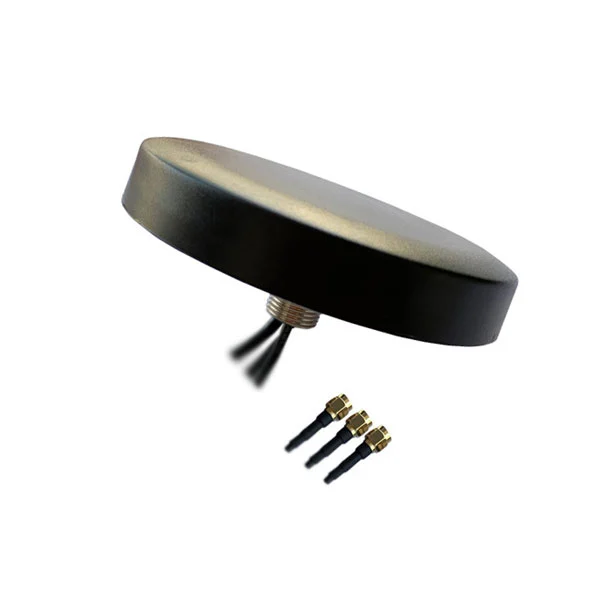In today's interconnected world, reliable and seamless communication has become an integral part of our everyday lives. The Global System for Mobile Communications (GSM) has revolutionized the way we communicate, allowing us to stay connected on the go. At the heart of this technology lies the GSM sector antenna, an essential component that enables efficient signal transmission and reception. In this article, we will explore the radiation patterns and coverage of GSM sector antennas, shedding light on the importance of these devices in the ever-expanding telecom industry.
Understanding GSM Sector Antennas
GSM sector antennas are purpose-built antennas designed to provide optimal coverage in specific sectors. Unlike omnidirectional antennas that radiate signals in all directions, sector antennas focus their signal in a specific sector, thereby maximizing coverage and reducing interference. These specialized antennas are commonly used in cellular base stations and other telecommunications infrastructure to ensure reliable and consistent GSM signal coverage.
Radiation Patterns
The radiation pattern of a GSM sector antenna refers to the directional distribution of the radiated electromagnetic energy. These antennas are typically characterized by a narrow beamwidth, allowing them to concentrate their signal in a specific direction. The shape of the radiation pattern can vary depending on factors such as antenna design, frequency, and height of installation. For example, a commonly observed radiation pattern of GSM sector antennas is a fan-shaped pattern, resembling a wedge. This enables coverage in a specific sector, ensuring efficient signal transmission and reception.
Coverage and Sectorization
GSM sector antennas play a crucial role in achieving optimal coverage and sectorization in cellular networks. By strategically placing sector antennas, network operators can divide the coverage area into smaller sectors, each served by an individual antenna. This sectorization allows for better management of network capacity, improved signal quality, and enhanced overall network performance. The beamwidth of GSM sector antennas can be adjusted to match the specific requirements of a particular sector, further optimizing coverage and minimizing interference.
Benefits and Applications
The deployment of GSM sector antennas offers numerous benefits in terms of coverage, capacity, and quality of service. Firstly, by focusing the signal in a specific sector, these antennas allow operators to provide targeted coverage in high-density areas. This ensures efficient utilization of network resources and prevents signal congestion. Secondly, GSM sector antennas assist in reducing interference from neighboring sectors, resulting in enhanced call quality and data throughput. Furthermore, these antennas enable network operators to optimize their network capacity, essentially improving user experience and overall customer satisfaction.
In conclusion, GSM sector antennas are vital components of cellular networks, enabling efficient signal transmission and reception in a specific sector. Through their unique radiation patterns and sectorization capabilities, these antennas optimize coverage, minimize interference, and enhance overall network performance. As technology continues to advance and connectivity becomes increasingly important, GSM sector antennas will continue to play a crucial role in providing seamless communication for millions around the globe.

 English
English





